It is estimated that around 5% and 10% of the global production of legumes, vegetables and tubers is currently delivered by urban agriculture while 15% and 20% of global food is produced in urban and peri-urban environments (Payen et al., 2022). Additionally, by 2050 a a 60% rise in the production of food worldwide will be expected to meet consumption demands (Rajaseger et al., 2023). With constant challenges, new solutions to address food security are on the rise. For instance, urban agriculture is transforming how cities approach food production, offering solutions to environmental challenges, and limited space. Household-level practices like vertical gardens, hydroponics, and conventional gardening each provide unique benefits and trade-offs in sustainability, productivity, and accessibility.
Environmental and social benefits of urban agriculture
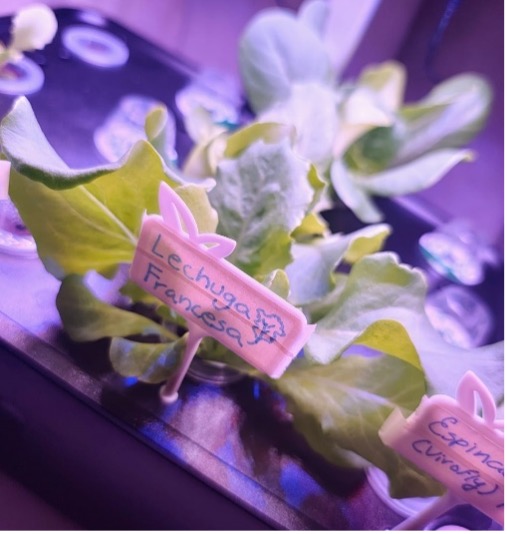
Urban farming reduces food miles, lowering carbon emissions from transportation. It increases biodiversity, improves air quality through carbon sequestration, and mitigates urban heat islands. Household participation enhances food security by supplementing diets with fresh produce, particularly in underserved communities (Orsini et al., 2013; Wadumestrige Dona et al., 2021).
Differences between urban farming and peri urban farming
While urban farming focuses on local food production, sustainability, and reducing the carbon footprint of food distribution, peri urban farming takes place in the transitional zones between urban centers and rural landscapes, commonly known as «rural-urban fringes». This form of agriculture operates within the urban economy, while contending for essential resources such as land and water (Follmann et al., 2021).
For urban farming the most notable examples are community-supported agriculture (CSA), rooftop gardens, edible landscaping, and indoor farming with a strong focus in supporting and promoting local sustainability while fostering community engagement. While peri urban agriculture seeks to grant food security at the same time it intends to connect rural and urban economies, lowering transport emissions while looking for an ecological and economical balance (Rao et al., 2022).
The future of urban and peri-urban farming
Integrating these methods can address urban food deserts while promoting sustainability. Vertical gardens and hydroponics excel in dense cities, while conventional household gardening offers a low-barrier entry for community engagement. Together, they reduce reliance on industrial agriculture, lower emissions, and foster greener, healthier cities (Langemeyer et al., 2021).
Here are a few examples of these practices and their unique advantages
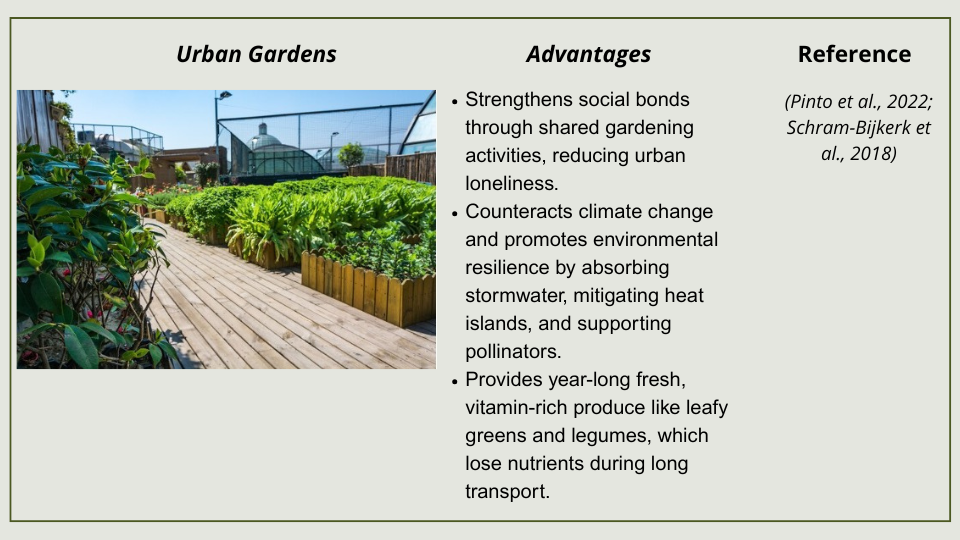
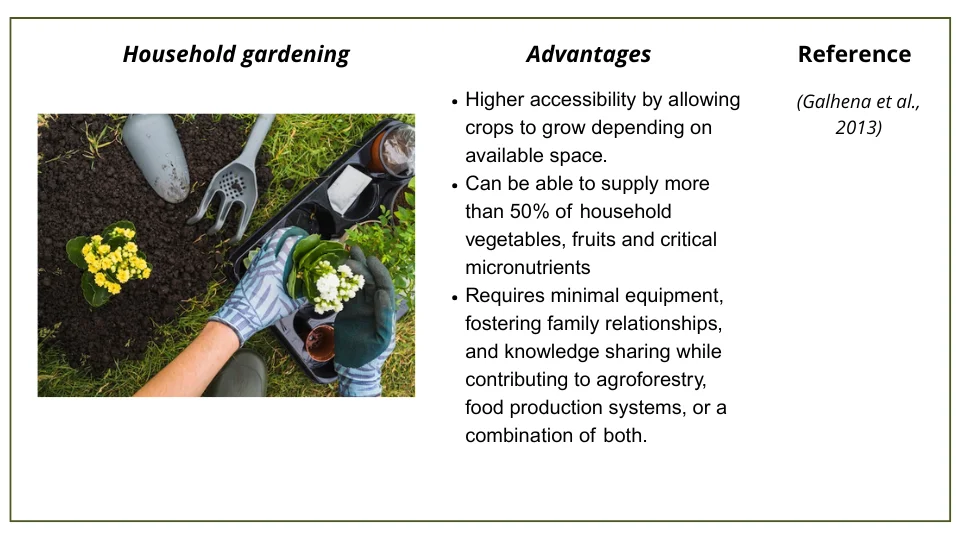
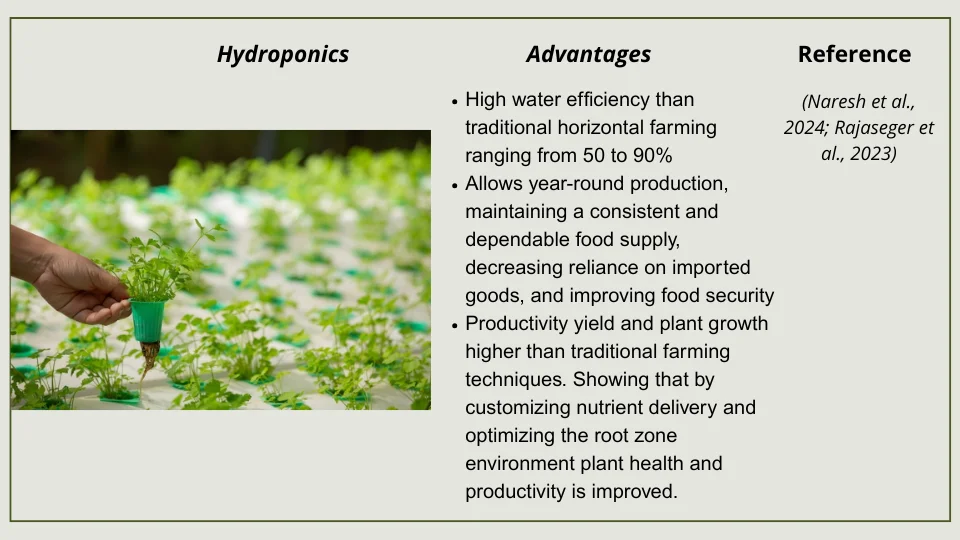
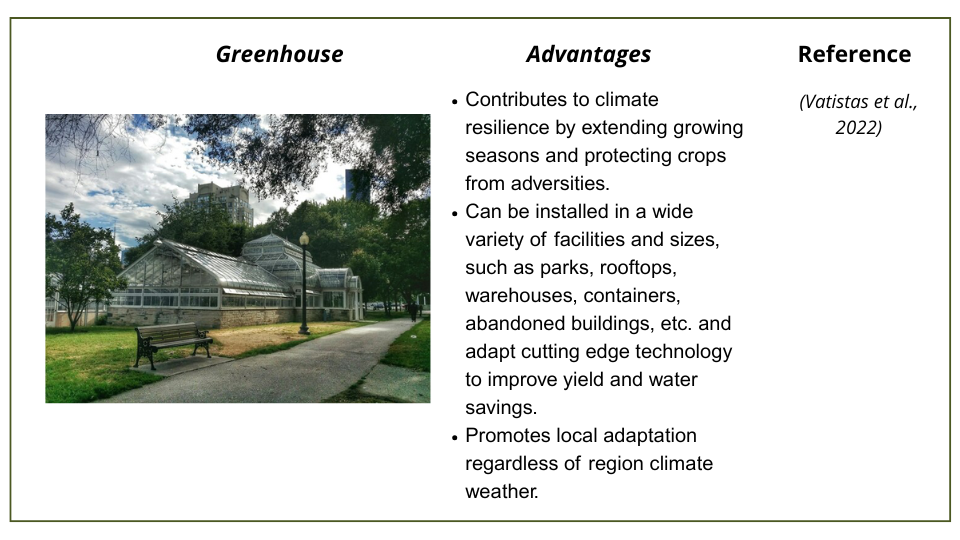
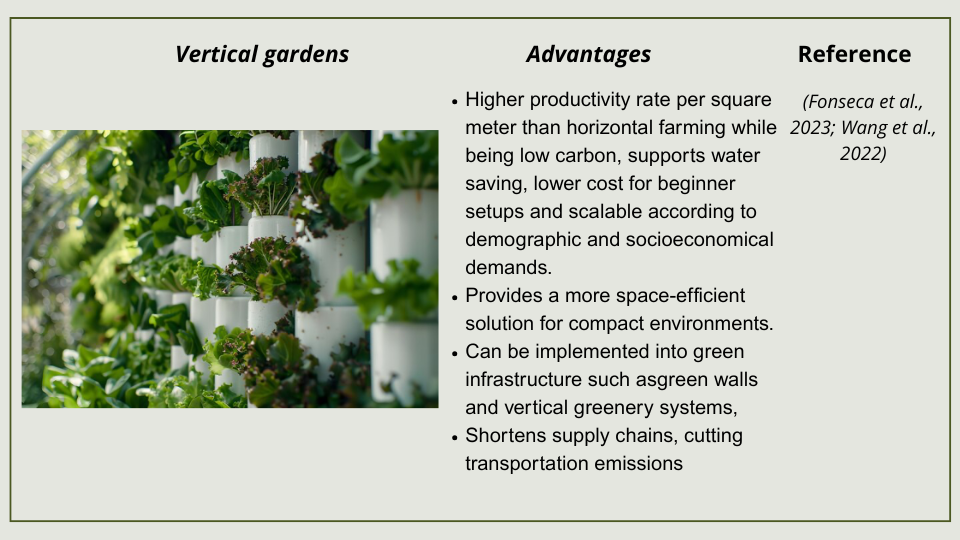
Overall benefits
Urban agriculture goes beyond simply producing food, it’s a transformative force for creating healthier and more connected communities. It positively impacts communities by increasing access to nutrient-rich foods, enhancing mental health through social engagement, and empowering vulnerable populations with affordable, localized food production. Therefore, by adopting these practices, cities can address low-access food zones, foster stronger social connections, and develop sustainable, climate-resilient food networks.
By Alexa Cervantes Lopez, Mariana Franco Morgado, Anayansi Escalante
References
Follmann, A., Willkomm, M., & Dannenberg, P. (2021). As the city grows, what do farmers do? A systematic review of urban and peri-urban agriculture under rapid urban growth across the Global South. Landscape and Urban Planning, 215, 104186. https://doi.org/10.1016/J.LANDURBPLAN.2021.104186
Fonseca, F., Paschoalino, M., & Silva, L. (2023). Health and Well-Being Benefits of Outdoor and Indoor Vertical Greening Systems: A Review. Sustainability 2023, Vol. 15, Page 4107, 15(5), 4107. https://doi.org/10.3390/SU15054107
Galhena, D. H., Freed, R., & Maredia, K. M. (2013). Home gardens: A promising approach to enhance household food security and wellbeing. Agriculture and Food Security, 2(1), 1–13. https://doi.org/10.1186/2048-7010-2-8/TABLES/3
Langemeyer, J., Madrid-Lopez, C., Mendoza Beltran, A., & Villalba Mendez, G. (2021). Urban agriculture — A necessary pathway towards urban resilience and global sustainability? Landscape and Urban Planning, 210, 104055. https://doi.org/10.1016/J.LANDURBPLAN.2021.104055
Naresh, R., Jadav, S. K., Singh, M., Patel, A., Singh, B., Beese, S., & Pandey, S. K. (2024). Role of Hydroponics in Improving Water-Use Efficiency and Food Security. International Journal of Environment and Climate Change, 14(2), 608–633. https://doi.org/10.9734/IJECC/2024/V14I23976
Orsini, F., Kahane, R., Nono-Womdim, R., & Gianquinto, G. (2013). Urban agriculture in the developing world: A review. Agronomy for Sustainable Development, 33(4), 695–720. https://doi.org/10.1007/S13593-013-0143-Z/FIGURES/5
Payen, F. T., Evans, D. L., Falagán, N., Hardman, C. A., Kourmpetli, S., Liu, L., Marshall, R., Mead, B. R., & Davies, J. A. C. (2022). How Much Food Can We Grow in Urban Areas? Food Production and Crop Yields of Urban Agriculture: A Meta-Analysis. Earth’s Future, 10(8), e2022EF002748. https://doi.org/10.1029/2022EF002748
Pinto, L. V., Inácio, M., Ferreira, C. S. S., Ferreira, A. D., & Pereira, P. (2022). Ecosystem services and well-being dimensions related to urban green spaces – A systematic review. Sustainable Cities and Society, 85. https://doi.org/10.1016/j.scs.2022.104072
Rajaseger, G., Chan, K. L., Tan, K. Y., Ramasamy, S., Khin, M. C., Amaladoss, A., & Haribhai, P. K. (2023). Hydroponics: current trends in sustainable crop production. Bioinformation, 19(9), 925. https://doi.org/10.6026/97320630019925
Rao, N., Patil, S., Singh, C., Roy, P., Pryor, C., Poonacha, P., & Genes, M. (2022). Cultivating sustainable and healthy cities: A systematic literature review of the outcomes of urban and peri-urban agriculture. Sustainable Cities and Society, 85, 104063. https://doi.org/10.1016/J.SCS.2022.104063
Schram-Bijkerk, D., Otte, P., Dirven, L., & Breure, A. M. (2018). Indicators to support healthy urban gardening in urban management. Science of The Total Environment, 621, 863–871. https://doi.org/10.1016/J.SCITOTENV.2017.11.160
Vatistas, C., Avgoustaki, D. D., & Bartzanas, T. (2022). A Systematic Literature Review on Controlled-Environment Agriculture: How Vertical Farms and Greenhouses Can Influence the Sustainability and Footprint of Urban Microclimate with Local Food Production. Atmosphere 2022, Vol. 13, Page 1258, 13(8), 1258. https://doi.org/10.3390/ATMOS13081258
Wadumestrige Dona, C. G., Mohan, G., & Fukushi, K. (2021). Promoting urban agriculture and its opportunities and challenges—a global review. Sustainability (Switzerland), 13(17), 9609. https://doi.org/10.3390/SU13179609/S1
Wang, P., Wong, Y. H., Tan, C. Y., Li, S., & Chong, W. T. (2022). Vertical Greening Systems: Technological Benefits, Progresses and Prospects. Sustainability 2022, Vol. 14, Page 12997, 14(20), 12997. https://doi.org/10.3390/SU142012997


